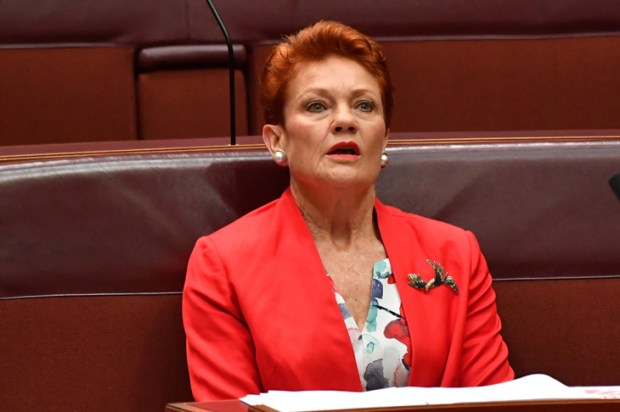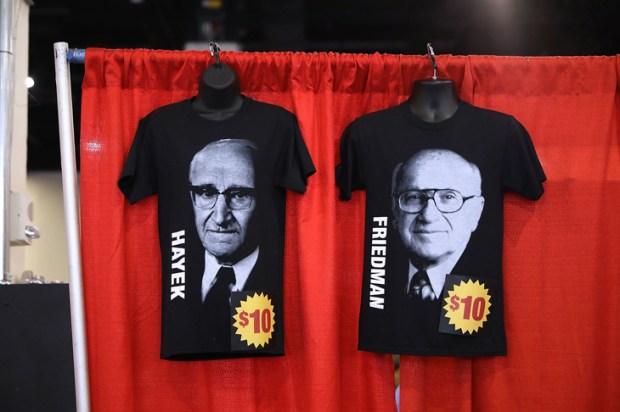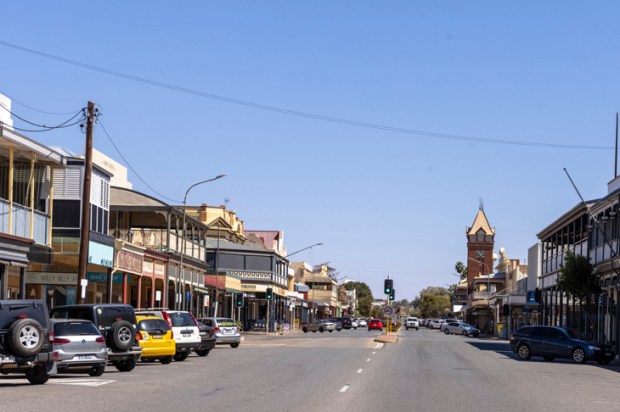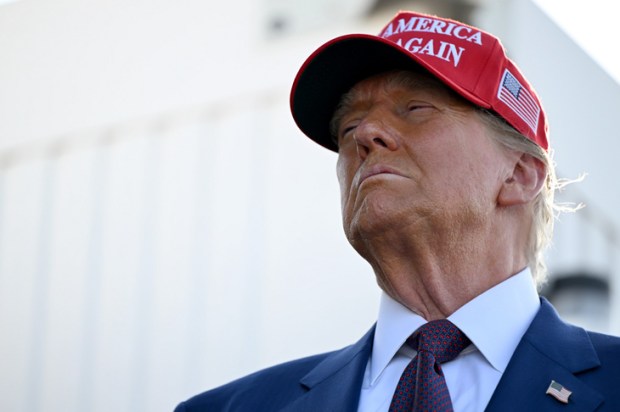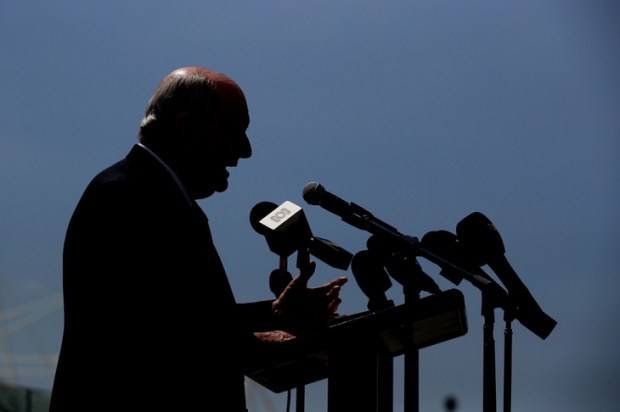The recent carefully staged announcement of a further alliance between Australia, Japan and the USA is at once more significant for the defence of all three countries but also historically significant too. That the announcement was made in Darwin heralds a new stage in a modern relationship but underscores where all three countries fought to the death 82 years ago.
The announcement was made at the naval base HMAS Coonawarra in a three-day mid-November conference attended by Australia’s Defence Minister Richard Marles; US Defence Secretary Lloyd Austin and Japanese Defence Minister Nakatani Gen.
It was only a kilometre from where all three were standing that a Val dive bomber was brought down on 19 February, 1942. Four aircraft carriers had launched 188 attack aircraft in a devastating raid against the northern capital. The attack killed 236 people, and one of them – also only a short distance from Coonawarra – was Wing Commander Archibald Tindal, after whom the modern air force base near Katherine, 300 kilometres south, was named. Tindal was in charge of ground defence at the RAAF base nearby, and a man who believed in practical action: he was manning a twin-barrel machinegun in the raid when he was hit.
The coincidences will keep coming. The recent announcement has been that around 600 Japanese amphibious troops will exercise in Darwin, alongside the 12,000 US Marines who have called the place home for over ten years now, although the numbers are rotated every year – the Top End is a tough place in the Wet. The Japanese actually have had naval ships coming in and out of the port for years, and they quietly pay their respects to the 80-man submarine that still lies outside the harbour today. The I-124 was the first Japanese submarine to fall to the Royal Australian Navy when it was sunk in January 1942, but not the last.
All through the waters nearby lie Japanese aircraft, shot down in the air battles that raged from Townsville in Queensland to Exmouth in Western Australia. 64 aircraft were lost, 1,963 individual aircraft flights undertaken, and Darwin raided 77 times.
Allied aircraft are scattered across the Top End too. The US Defense Secretary no doubt is well briefed on them, for the US paid their price in their end of the alliance. In fact they flew the air defence for most of 1942, and their ten P-40 Kittyhawks were the only fighters flying when that first raid arrived. Nine were shot down and four pilots died. Not that the USA was deterred; their tireless Seabee engineers arrived and by the end of the war most of the fifty-one airstrips across the Northern Territory had been built by them.
US bombers flew thousands of missions out of northern Australia. They kept flying out following the war: many a Darwinian enjoyed a cold one at sunset and saw the B-52s take off on their nuclear-deterrent patrols against the USSR. The US never went away and indeed President Barack Obama pointedly chose to make a significant speech ten years ago overlooking where the destroyer USS Peary went down fighting in Darwin Harbour with the loss of 88 lives. ‘We are a Pacific nation,’ he said, ‘and we’re here to stay.’ What a good thing for Australia.
The Japanese are back in the aircraft carrier business today. For decades after the second world war their armed forces were structured defensively, and aircraft carriers are seen as power projection, designed to go a long way and stay there. It’s only comparatively recently that the Japanese Navy – now without the word ‘Imperial’ in front of it – has commissioned fixed-wing carriers. The names are significant, but as of yet the Kaga has not made an Australian visit. Her World War II namesake ship did – she was one of the four that attacked Darwin. All four were later sunk at the Battle of Midway.
The present JS Kaga is currently undergoing conversion into a light aircraft carrier, for completion around 2027, when she’ll be capable of carrying not just helicopters but the F-35 fighter. Australia’s RAAF operates these aircraft, and the Australian Navy has two helicopter carriers… the possibilities are endless.
The Coonawarra conference also saw Secretary Austin declaring he was confident the US could deliver on its promise to provide Virginia-class submarines to Australia. Marles also confirmed Japan’s Mitsubishi Heavy Industries was one of two remaining contenders to build Australia’s $10-billion general purpose frigates. Japan’s Amphibious Rapid Deployment Brigade will now deploy 600 marines through the Territory each year. It’s part of a most necessary pushback against China.
What does a World War II veteran who was there at Darwin’s most dangerous day think of all this? Brian Winspear, now 104, is the last veteran alive who experienced the deadly air raid of 19 February, 1942. He flew scores of missions during the war as a gunner on Hudson bombers, and then as the back seat crewman on Vultee Vengeance dive bombers.
Despite being surrounded by the war’s destruction for years, Brian is not one to hold the acts of war against a country’s later generations. He campaigned for years to have a plaque placed on Darwin’s Esplanade to commemorate his former Hudson bomber squadron mates, who died at a 300-per-cent rate in the desperate days of trying to hold the line on Australia’s northern coasts. But that doesn’t mean he holds the sins of the fathers against their sons. He thinks a modern Japan and the USA and Australia allied together makes sense. Strong friends and strong alliances are necessary, and although he might not be there to see it he wishes all of those working together in the Northern Territory well.
Got something to add? Join the discussion and comment below.
Dr Tom Lewis is a military historian, whose latest work ‘Cyclone Warriors – the armed forces in Cyclone Tracy’, has just been released by Avonmore Books. Last year ‘The Sinking of HMAS Sydney’ shed new light on the greatest wartime naval loss of life in a single ship for the RAN.
You might disagree with half of it, but you’ll enjoy reading all of it. Try your first month for free, then just $2 a week for the remainder of your first year.


